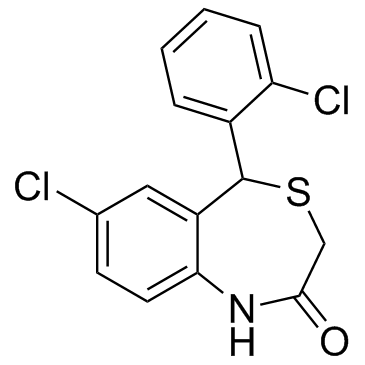Depolarization-induced calcium responses in sympathetic neurons: relative contributions from Ca2+ entry, extrusion, ER/mitochondrial Ca2+ uptake and release, and Ca2+ buffering.
Michael Patterson, James Sneyd, David D Friel
Index: J. Gen. Physiol. 129 , 29-56, (2006)
Full Text: HTML
Abstract
Many models have been developed to account for stimulus-evoked [Ca(2+)] responses, but few address how responses elicited in specific cell types are defined by the Ca(2+) transport and buffering systems that operate in the same cells. In this study, we extend previous modeling studies by linking the time course of stimulus-evoked [Ca(2+)] responses to the underlying Ca(2+) transport and buffering systems. Depolarization-evoked [Ca(2+)](i) responses were studied in sympathetic neurons under voltage clamp, asking how response kinetics are defined by the Ca(2+) handling systems expressed in these cells. We investigated five cases of increasing complexity, comparing observed and calculated responses deduced from measured Ca(2+) handling properties. In Case 1, [Ca(2+)](i) responses were elicited by small Ca(2+) currents while Ca(2+) transport by internal stores was inhibited, leaving plasma membrane Ca(2+) extrusion intact. In Case 2, responses to the same stimuli were measured while mitochondrial Ca(2+) uptake was active. In Case 3, responses were elicited as in Case 2 but with larger Ca(2+) currents that produce larger and faster [Ca(2+)](i) elevations. Case 4 included the mitochondrial Na/Ca exchanger. Finally, Case 5 included ER Ca(2+) uptake and release pathways. We found that [Ca(2+)](i) responses elicited by weak stimuli (Cases 1 and 2) could be quantitatively reconstructed using a spatially uniform model incorporating the measured properties of Ca(2+) entry, removal, and buffering. Responses to strong depolarization (Case 3) could not be described by this model, but were consistent with a diffusion model incorporating the same Ca(2+) transport and buffering descriptions, as long as endogenous buffers have low mobility, leading to steep radial [Ca(2+)](i) gradients and spatially nonuniform Ca(2+) loading by mitochondria. When extended to include mitochondrial Ca(2+) release (Case 4) and ER Ca(2+) transport (Case 5), the diffusion model could also account for previous measurements of stimulus-evoked changes in total mitochondrial and ER Ca concentration.
Related Compounds
| Structure | Name/CAS No. | Molecular Formula | Articles |
|---|---|---|---|
 |
CGP 37157
CAS:75450-34-9 |
C15H11Cl2NOS |
|
Pulsed infrared radiation excites cultured neonatal spiral a...
2014-09-15 [J. Neurophysiol. 112(6) , 1246-55, (2014)] |
|
UCP2 modulates single-channel properties of a MCU-dependent ...
2015-12-01 [Pflugers Arch. 467 , 2509-18, (2015)] |
|
Mitochondrial Ca(2+) uniporter (MCU)-dependent and MCU-indep...
2014-07-01 [Pflugers Arch. 466(7) , 1411-20, (2014)] |
|
CGP-37157 inhibits the sarcoplasmic reticulum Ca²+ ATPase an...
2011-01-01 [Mol. Pharmacol. 79 , 141-147, (2011)] |
|
Dissection of mitochondrial Ca2+ uptake and release fluxes i...
2000-03-01 [J. Gen. Physiol. 115 , 351-70, (2000)] |